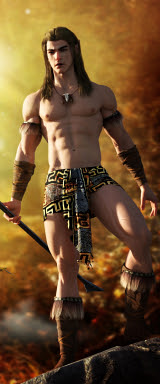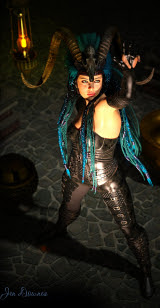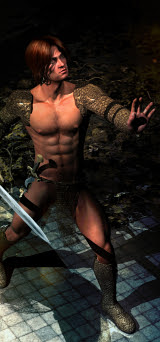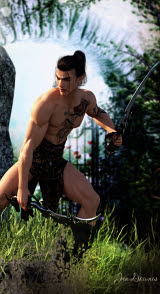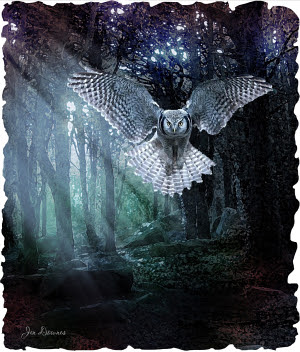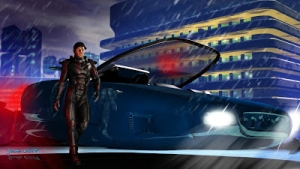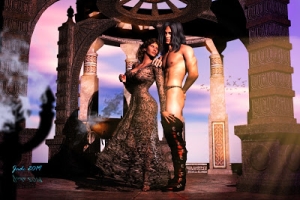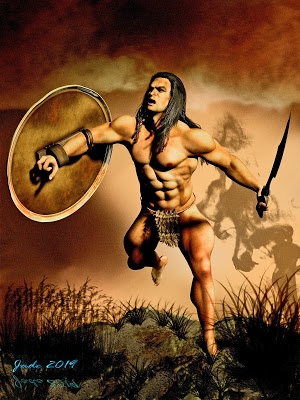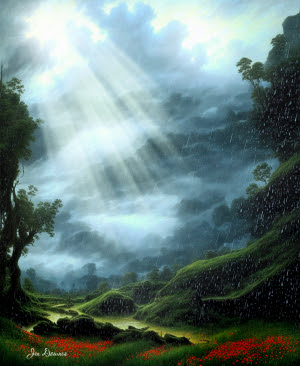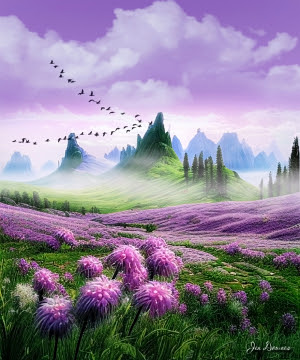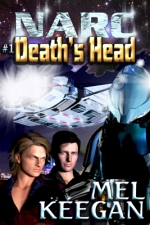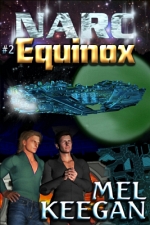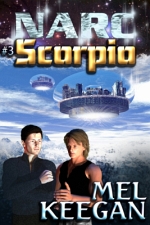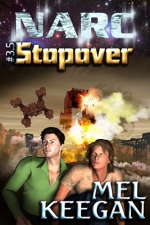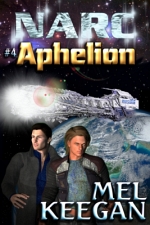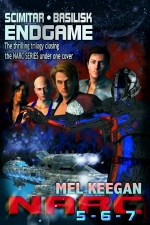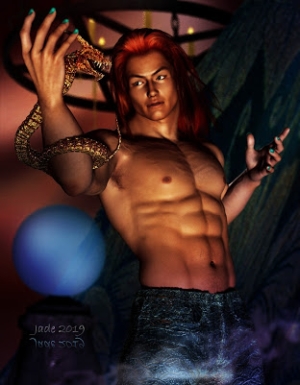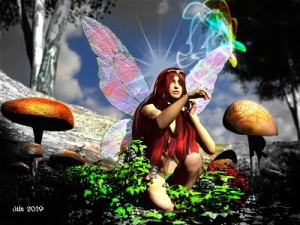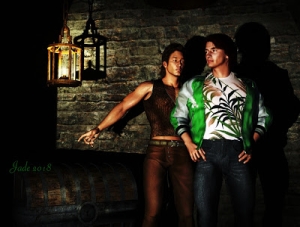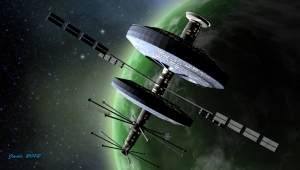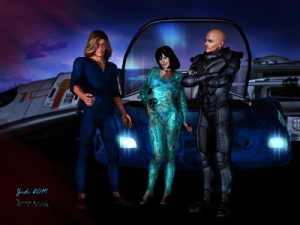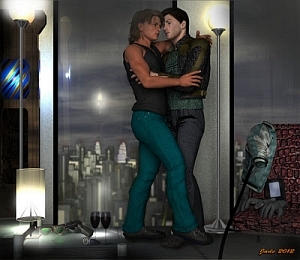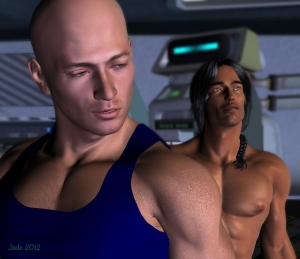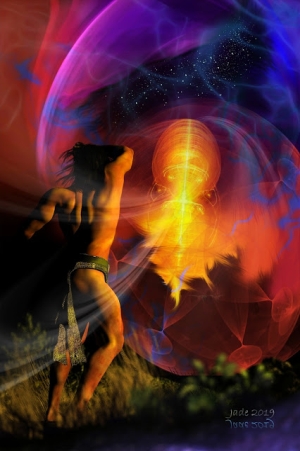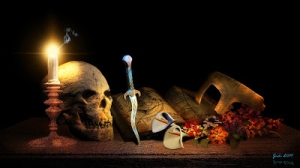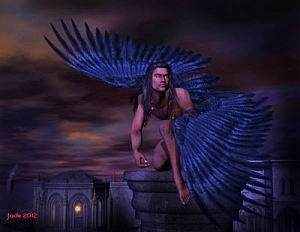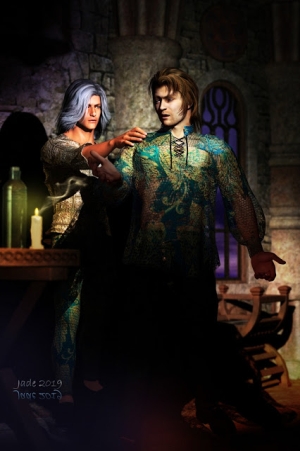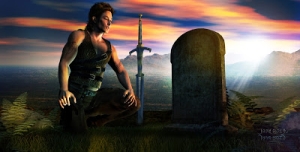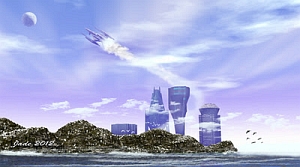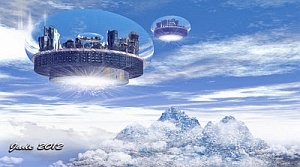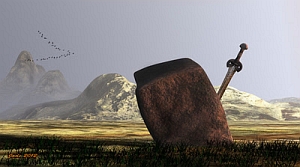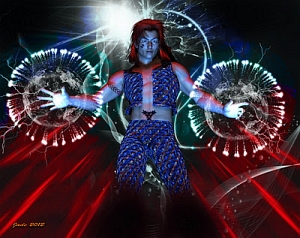click to see at larger size; photos used by permission
Just a quick post today, because I really want to share the results of a photo restoration project I just completed. A great friend of mine has only a few pictures of her father, and they're in pretty poor condition. The question was, what could be done with them? In fact, you'd be surprised!
Both these images were scanned at good resolution, and then to make the most of what was left to work with (and in some places, it wasn't much), I did multiple "virtual exposures" of the original pictures and blended them together ...
They don't call it "Photoshop" for no reason, right?
In the b/w shot, with the horses, the horses were lifted out and processed separately, just as soon as the image, which had been scanned in color, was converted to pure grayscale. To get the most out of the shot, the contrast was really lifted, with the result that the horses just went away into zones of almost pure black. So I balanced the horses only in a different layer, and blended the two back together. Then, it was a question of adjusting everything to get the right balance ... and then painting. A lot of painting, because the old image was filled with flocks of black spots and white spots. With that all done, the image was matted onto a fresh white border and saved at 300dpi, ready for the printer.
Then the color shot ... the real challenge was to lift the color, which actually involved generating realistic color in an image that had faded away almost to black and white. To do this, I made two versions of the image: a blue one and an exaggerated-red one. These, plus the original shot, were then placed in different layers, and I adjusted the blend and opacity levels on the blue one to get a nice background ... and then selectively erased the blue layer over the skintones, and blended the too-red layer with the original layer, to achieve realistic color there. With this done, the next challenge was the sky...
The sky area had faded out to an area of grayish tones and yellowish tones. First step: scratch head and say "hmmm" a lot. Then, blow it up to huge size, make the monitor very bright, and really use your eyes. Doing this, I noticed that the yellowish tones suggested areas that had almost certainly been clouds. I sampled the best of the remaining sky color and hand-painted in a new sky, in a layer right on top. Then, dropped the opacity to about 10% so I could see through it to the original, and followed the guidelines of those yellowish zones, and painted in the clouds. Last jobs ... repair the torn place on the left side; paint out the surface damage; and re-border the image. Save at 300dpi, ready for the printer.
This was a great experience for me, as an artist and photographer. I enjoyed it a lot, and the images posted here are used by permission.
Next: Abraxas, and ... a "lost photographic shoot" has turned up, over three years since I misplaced the pictures! I'm seeing these images as if for the first time, even though, once my memory was jogged, I actually remember taking them. It was June 2009, a few months before this blog even began, so I'll be going to do a special post featuring "the world of the very small, on the forest floor, June 2009."
But first -- Abraxas!
Jade, September 26


















